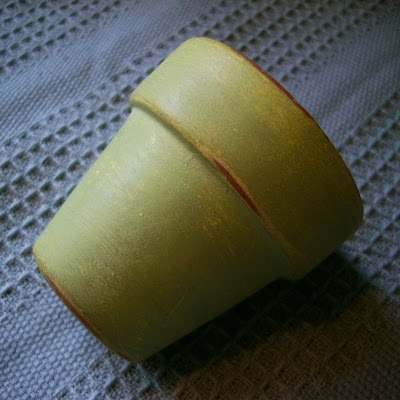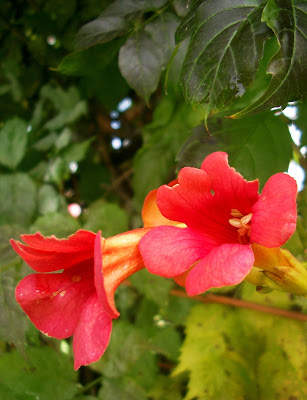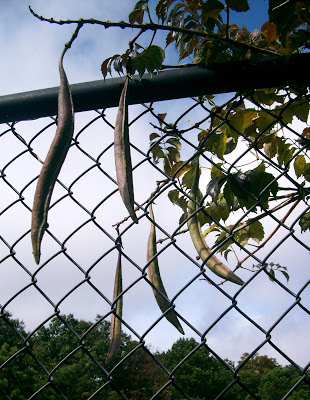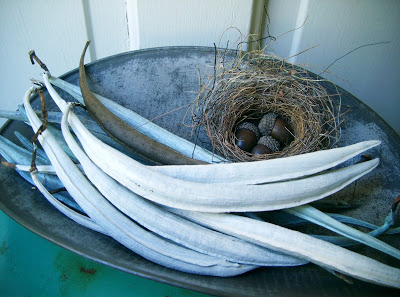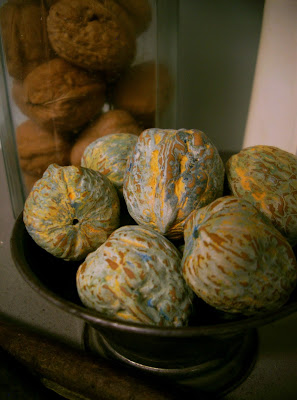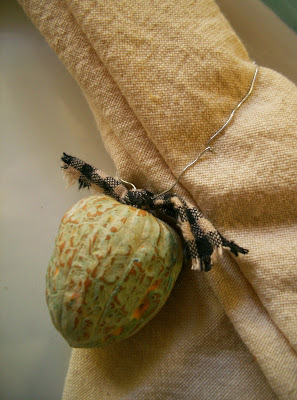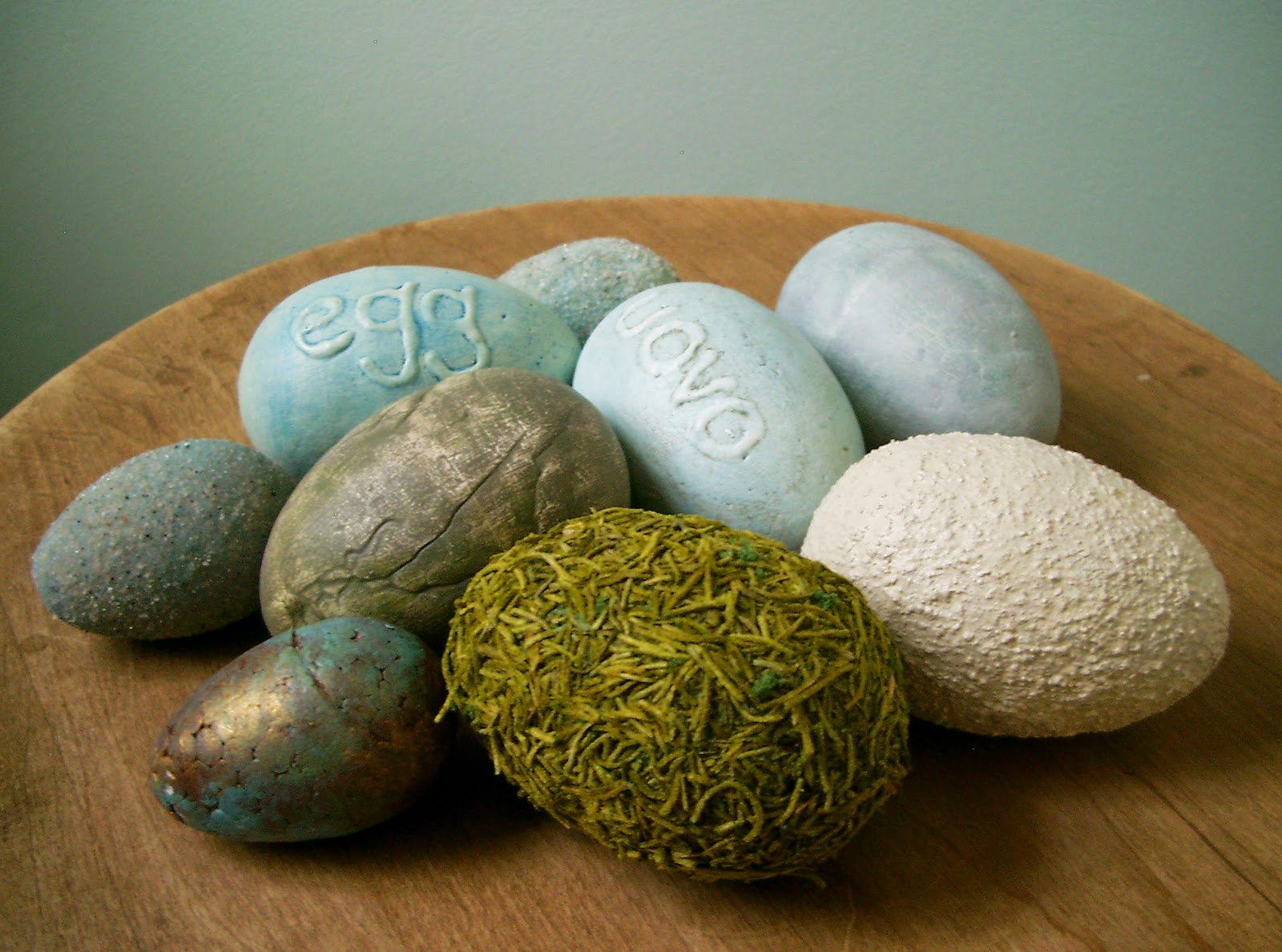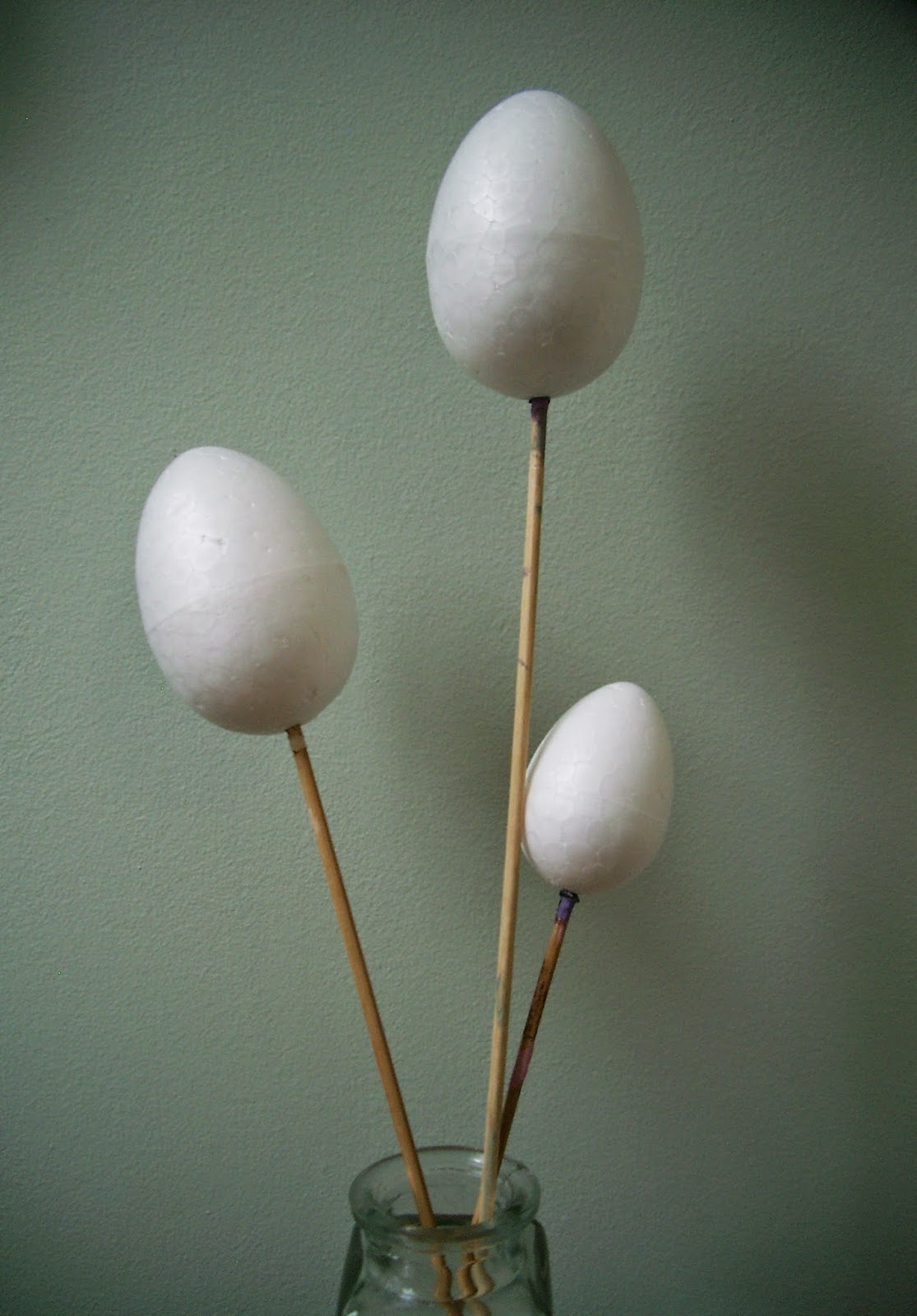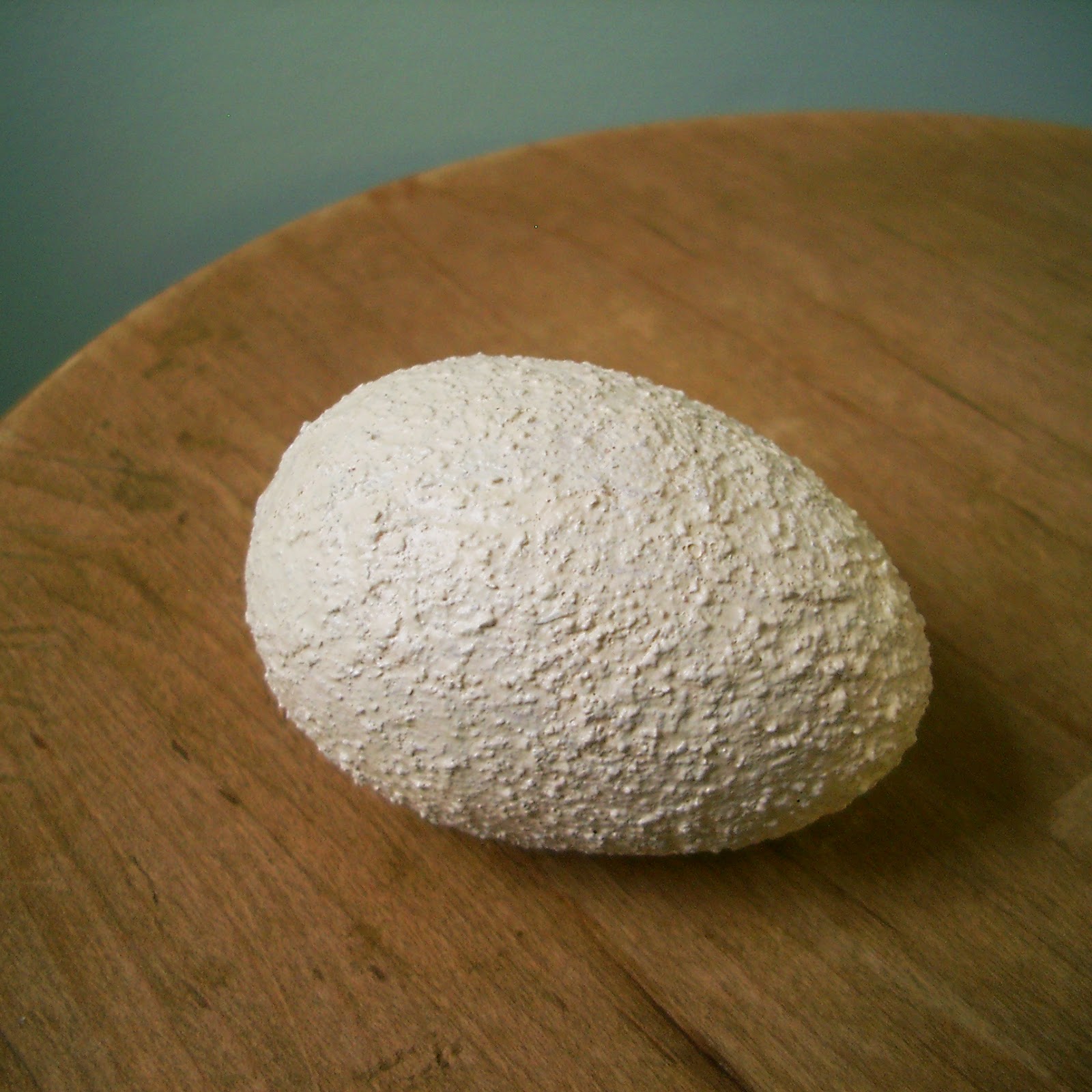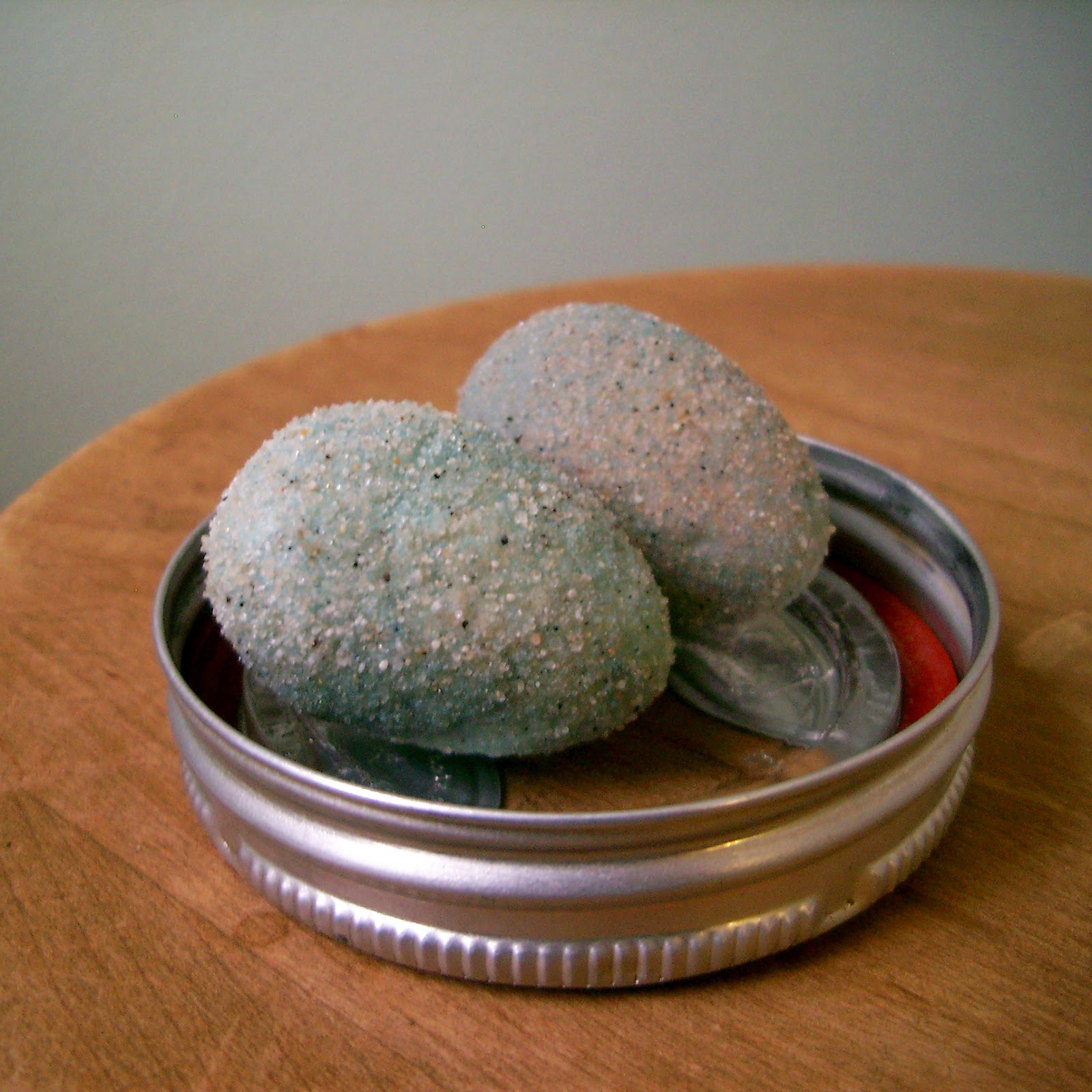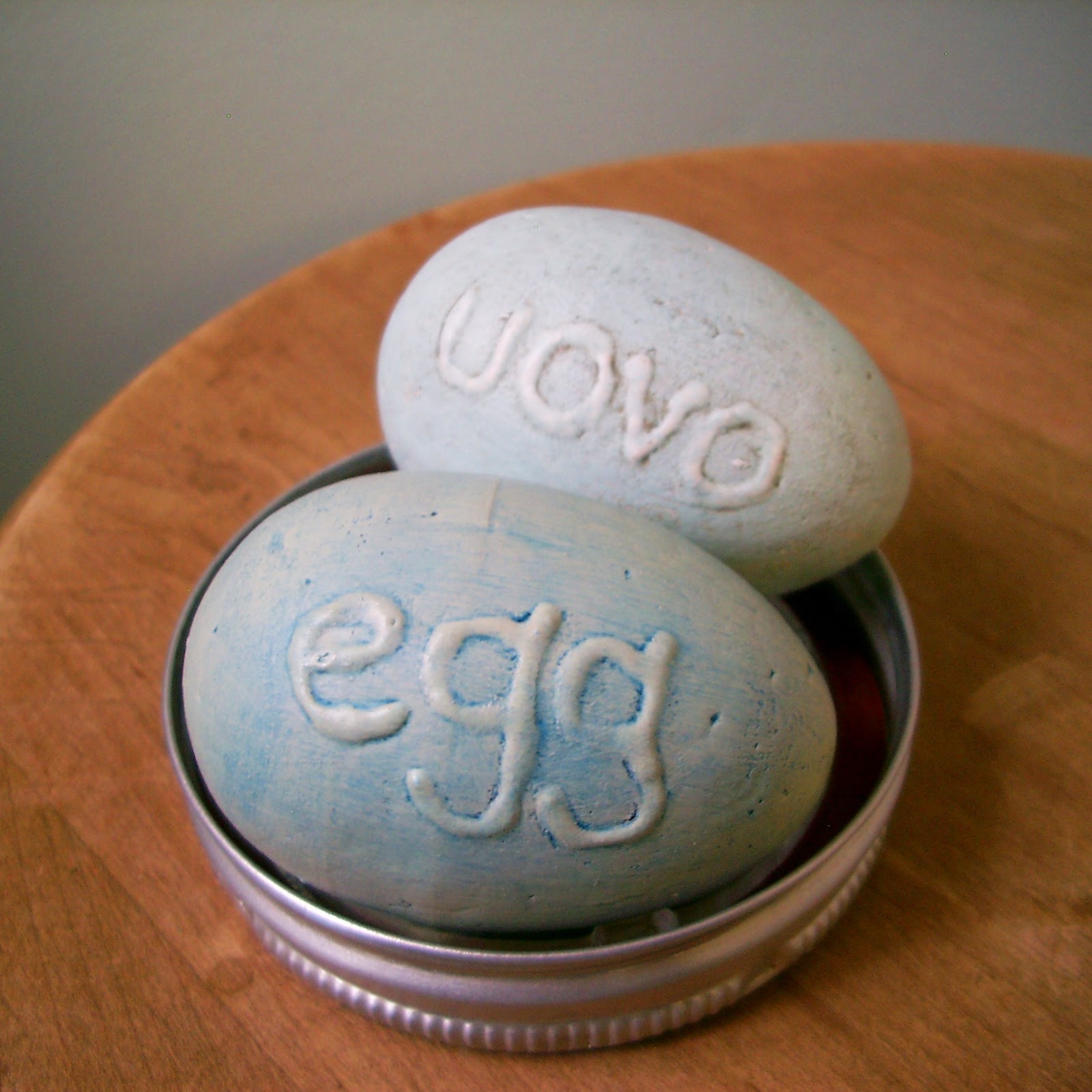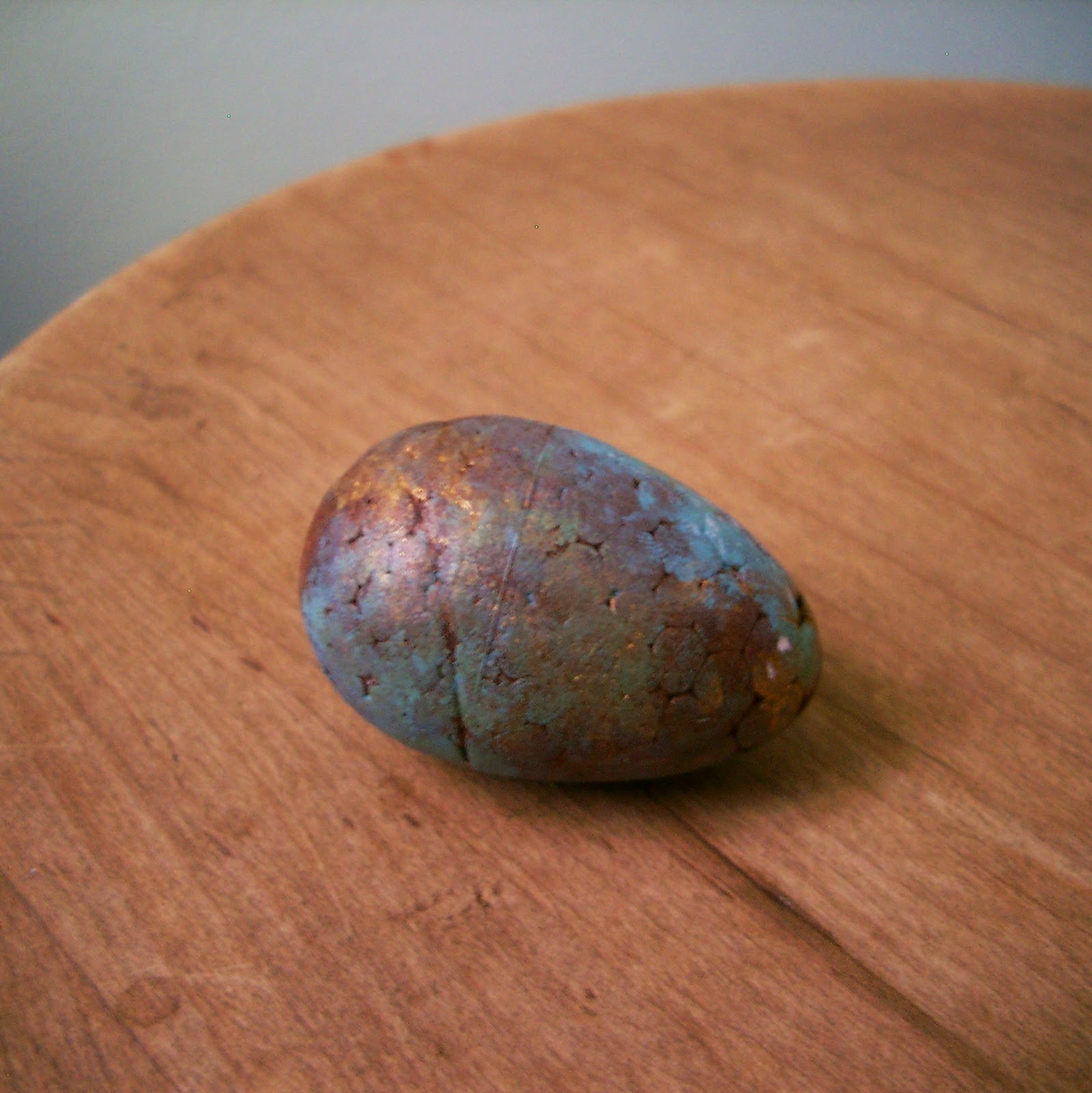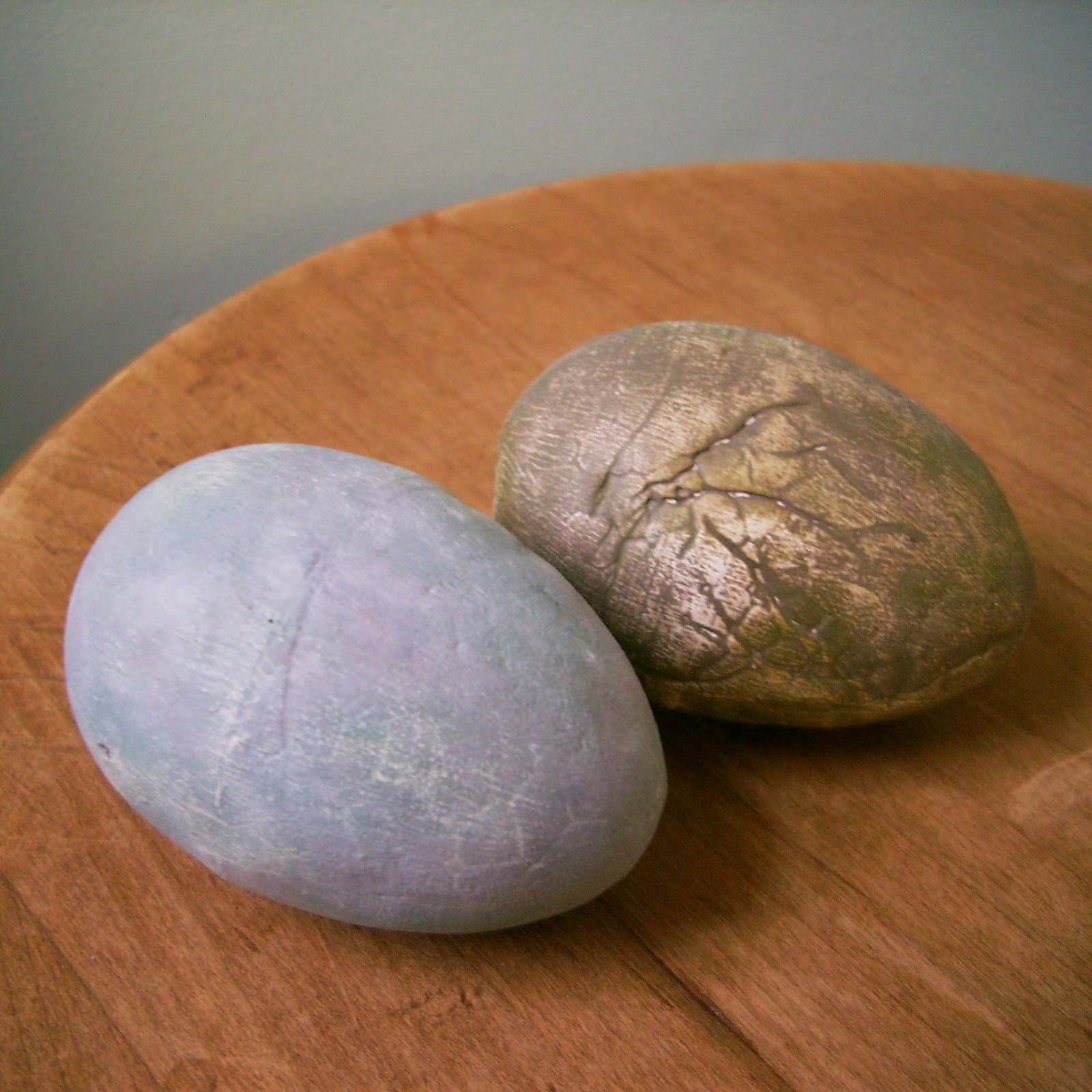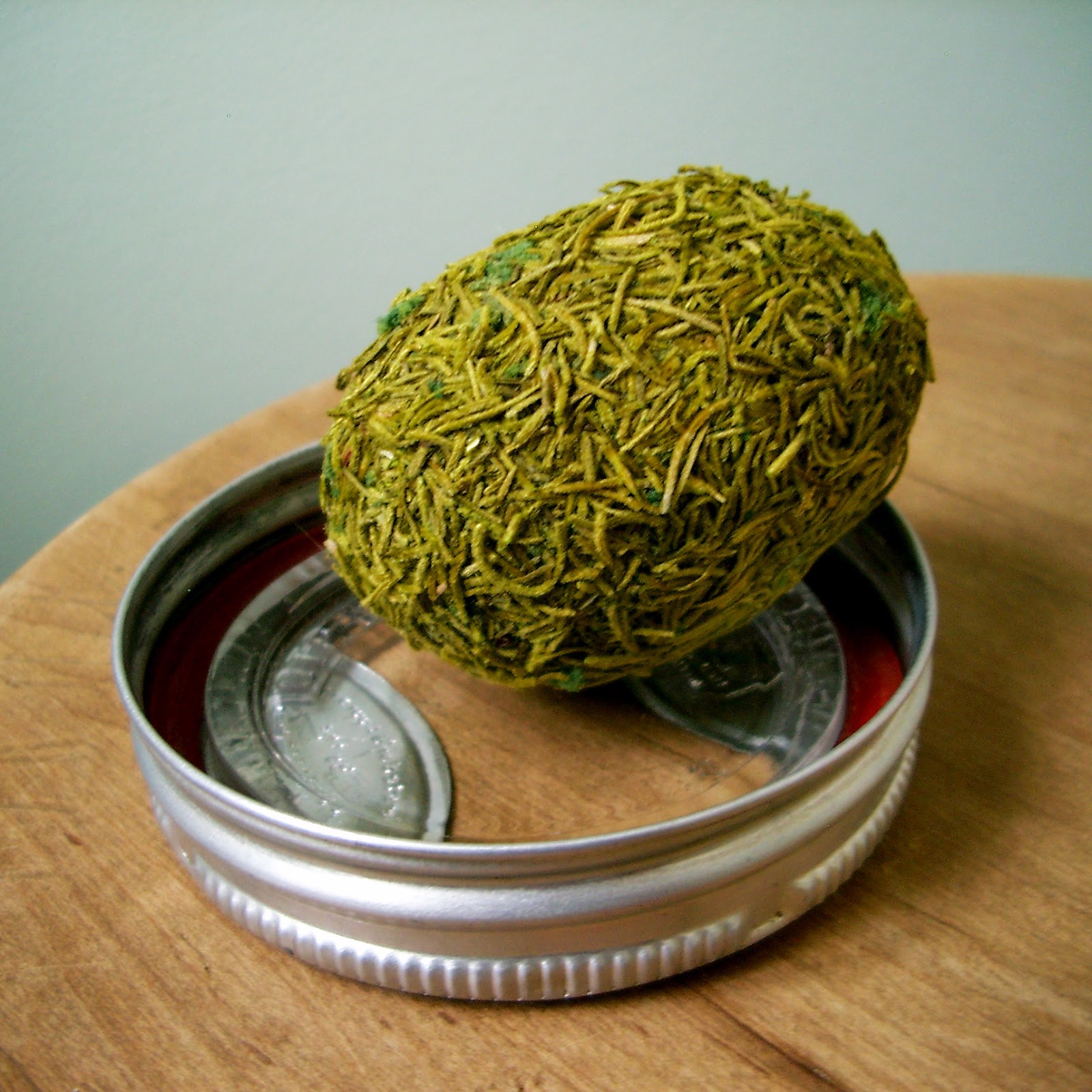MORE THAN JUST A HOME OFFICE
The past three weeks of my life have been centered around giving my home office a facelift. And, though I repurposed stuff I had on hand to pull this project off, everything seemed to just fall into place without a hitch.
Here’s a before photo, just prior to the prepping/sanding/painting stage. The room had previously functioned as an office, but it was dingy, tired and not in any way pleasing to the eye. It was very makeshift. My “new” office, in a way, is still makeshift, but a pretty makeshift. And, it’s more than just an office. I’ve gained a mud room AND a breakfast nook, too!
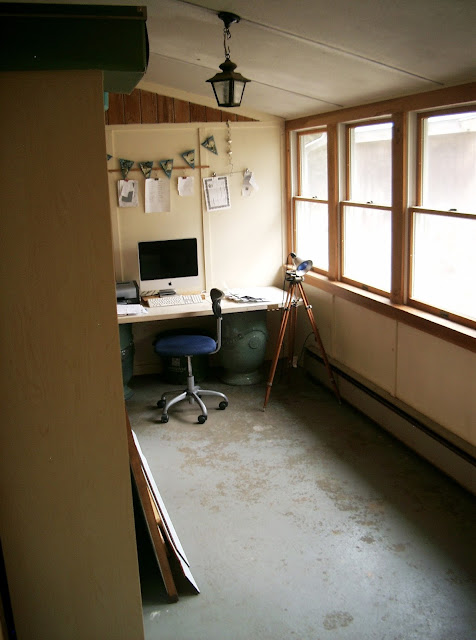 |
| ©Linda Nelson 2017 |
Ta-da!
 |
| ©Linda Nelson 2017 |
The concrete floor was restored to a pre-finish condition, a job which I contracted out. Oh my goodness! I had never seen so much masonry dust in my life. It took me two days to thoroughly clean every crevice and cranny in that room. I tackled every other aspect of the project, the exception being the work table base; my friend built that for me. The window trim still needs a few more brush strokes, but I had to step away from that type of tedious work for a while; it was driving me nuts. I whipped up the simple cabinet curtains this morning. I see no purpose in tossing out perfectly functional, but mismatched storage containers; however, I wanted a clean and cohesive look. Curtains solved that conflict.
The little bistro setup underneath the windows….. that’s my breakfast nook, former home of my old work table. It was nice to look out the window while working on something, but very inconvenient to open the windows. The room feels so much more airy and spacious with the new layout. I gave a plywood round “tabletop” I had on hand a chalk-paint-ish treatment and did some humble-style carving into the surface prior to painting it. Carved are the words ‘sprout’, ‘grow’ and ‘bloom’ . The cast aluminum patio chairs are still awaiting new cushions and seat bases, which I’ll address in the next week or so.
 |
| ©Linda Nelson 2017 |
Isn’t this a neat “squird”seed(short for squirrels and birds) storage container? My garage is full of repurpose-able crap.
 |
| ©Linda Nelson 2017 |
Now, on to my “mudroom”.
My sister gave me this adorable coat hook many years ago; only, I had it mounted directly into the wall, and that was the extent of my mudroom.
 |
| ©Linda Nelson 2017 |
Now, it accompanies a curious little collection of hooks mounted onto a board I made last week.
 |
| ©Linda Nelson 2017 |
| ©Linda Nelson 2017 |
 |
| ©Linda Nelson 2017 |
 |
| ©Linda Nelson 2017 |
Are you familiar with those vintage looking vinyl floor mats on the market? The patterns to choose from are so lovely, but their price tags just make me do an about face. But, I still wanted a waterproof “something” underfoot upon entering my office. I settled for a remnant of economy vinyl, which I purchased from a local carpet/flooring store, and cut it to fit as a runner. It does just as good a job as a pricey floor mat.
 |
| ©Linda Nelson 2017 |
 |
| ©Linda Nelson 2017 |
The pendant lamp is original to the house, but it has seen its day. I’ve obtained a replacement, a door to door delivery which I will have to hold out for until early April. Until then, this one will do the job as it has for many, many years.
And finally, a little “spur” of the moment repurpose I threw together last night.
 |
| ©Linda Nelson 2017 |
 |
| ©Linda Nelson 2017 |
No pun here; just a “bit” of horsing around to “stirrup” and un-“bridle” your imagination 🙂
Thanks for stopping by. I hope you enjoyed this post about my “new” makeshift-mud room-breakfast nook-home office.
MORE THAN JUST A HOME OFFICE Read More »

